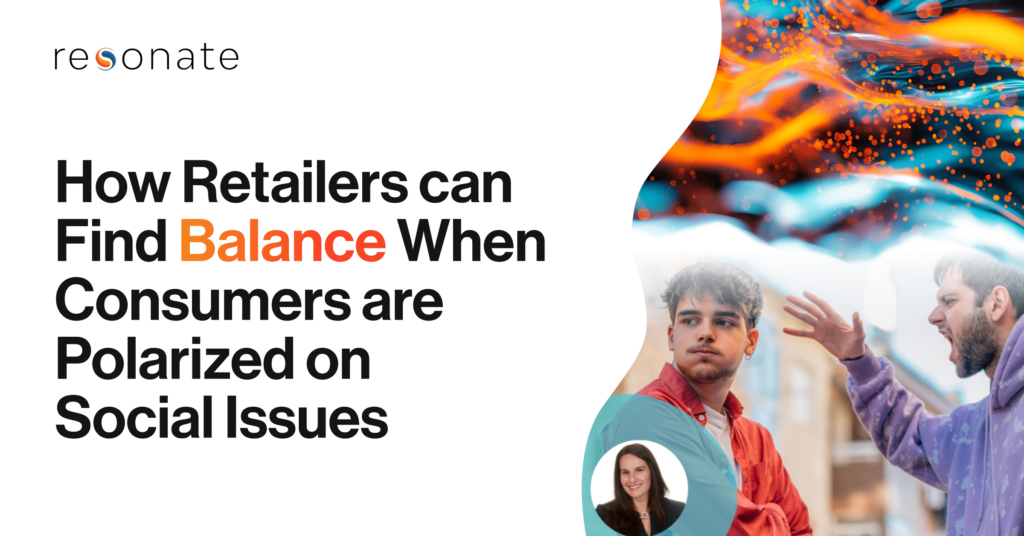Not Everyone’s Ready for Re-Opening
As dozens of states begin to loosen restrictions on stay-at-home orders and begin the early phases of re-opening local businesses, some consumers are sticking to their own timelines. According to Resonate’s proprietary data on consumer data surrounding COVID-19, there are nearly 40 million U.S. consumers who plan to take their own precautions, despite restaurants and stores that will be re-opening to the public this month.
These consumers specifically stated that they don’t plan on dining out at restaurants until winter 2020 or later and are avoiding physical stores to a much larger extent than they were when quarantine began in March. So, how can retailers connect with consumers who’ve essentially written off in-person dining and shopping experiences? What other services can you offer them to ensure you’re still bringing in revenue and keeping your customers loyal, without jeopardizing their safety?
Who Are They?
First off, it’s important to understand who these people are beyond the four walls of your brand. This segment is mostly made up of married women ages 45-54 with no children under the age of 18 and an annual household income between $25-50K. When it comes to their personal values, they emphasize the importance of accepting those who are different, treating everyone equally and security and safety in their community and nation. They’re driven by optimism, proving their competence/skills and expressing their individuality. Their desire to stay in and avoid public places like stores and restaurants is rooted in their value of safety and security. They want to keep their community safe and healthy, which is motivating them to stay at home.
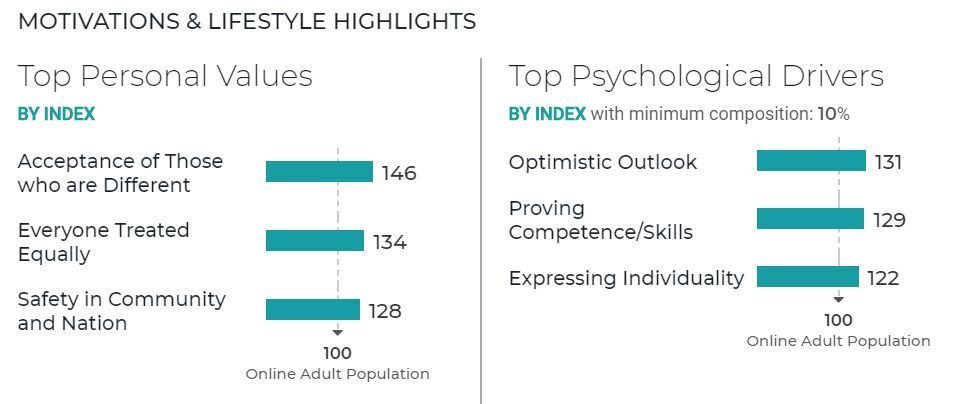
Shopping Behaviors and Preferences
Restaurants & Grocery Stores
This group does not take advantage of all the food delivery services available today. They’re 22% more likely to not have ordered delivery from a restaurant in the last three months and 59% of them have not used a food delivery service at all in the last year. They’re also 20% less likely to have a restaurant’s mobile app on their phone or iPad, they’re at least 30% less likely to use a meal kit company such as Blue Apron or HelloFresh and they’re 25% less likely to have ordered groceries online in the last six months. This is a group your store or restaurant should connect with, as they’re not taking advantage of online ordering or delivery yet, and they don’t plan on dining or shopping for food in-person any time soon.
In order to effectively attract this segment, you need to have a deeper understanding of their retail preferences. This group is 19% more likely than the average U.S. consumer to select a brand with a good loyalty program and 16% more likely to select one with an easy return policy. Offer loyalty program members a discount on their first online grocery order or on their first mobile order from your restaurant. You should also highlight your easy refund or credit policy if the wrong product or menu item is delivered. A great example of this is Domino’s delivery insurance. They’ll offer you 20% off your next order or give you rewards points as an apology for their error.
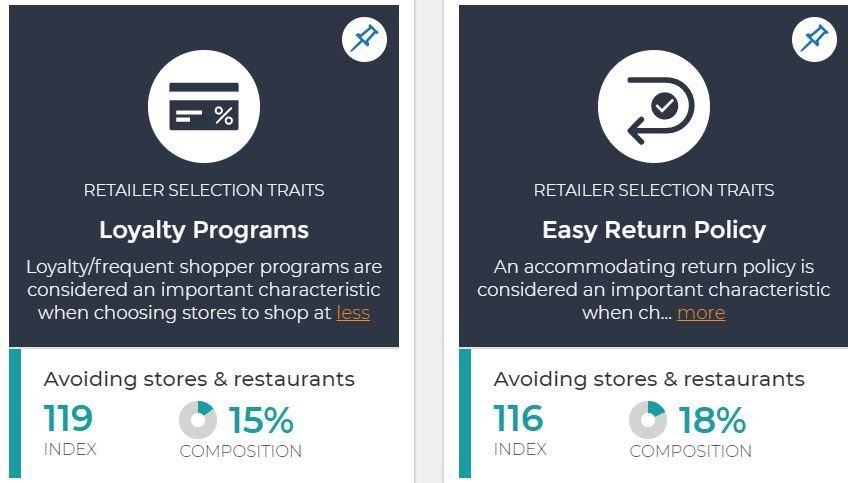
Shopping Behaviors and Preferences
Retail
These consumers are 93% more likely to contact companies to share their thoughts and 44% more likely to shop somewhere based on an important issue. When it comes to key shopping factors, they’re 26% more likely to care about product selection and 12% more likely to prefer companies that are independently or locally owned. When it comes to corporate responsibility, they’d prefer to do business with retailers that provide safe products, support the community and are honest/trustworthy.
When it comes to feedback, this group wants to share their thoughts. If you’re considering making changes to a policy or process, send out a survey to customers and prospects for the chance to earn credit or a discount code if they complete it. They’ll feel valued that you asked for their input. Since this group is also more likely to shop somewhere if based on a specific issue, highlight how you’re helping people in need during the pandemic. For example, Allbirds donated $500,000 worth of shoes to healthcare workers and is using a “buy one, give one” model to encourage their customers to help –– and buy.
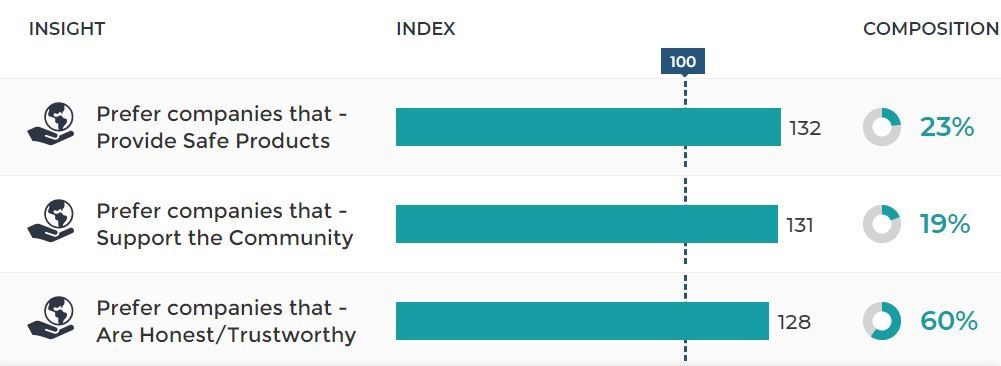
Where are they located?
According to Resonate’s proprietary geo data, these consumers are mainly located in New York, Los Angeles and Chicago. It makes sense that this group is largely located in New York as it’s one of the outbreak hot spots and citizens likely don’t feel comfortable enough yet to venture into public places. If you have a physical store in one of these locations, you might want to consider ramping up your online services before putting effort into reopening your storefront. On the other hand, you won’t find these kinds of consumers in areas of the South and Midwest like Corpus Christi, Idaho Falls and Tallahassee, so if you’re thinking of reopening in any of those areas, you’ll likely see more foot traffic than you would in major cities.
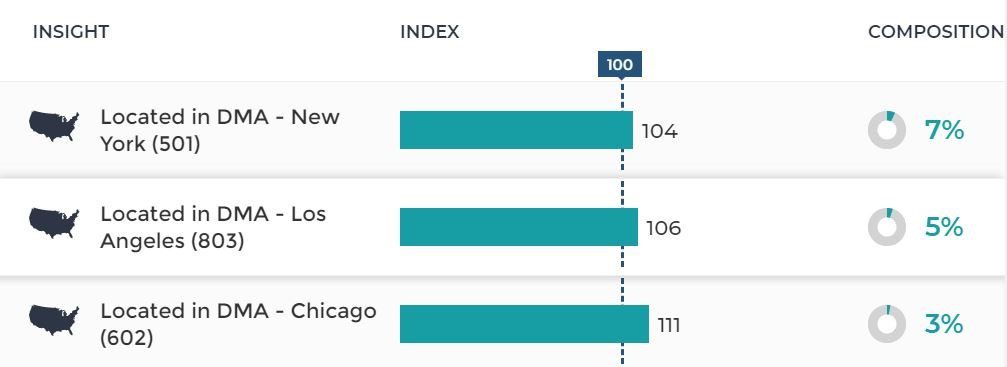
To learn more about consumer sentiment and behavior surrounding COVID-19 in order to gain a competitive advantage, read our recently updated report: Understanding U.S. Consumer Sentiment in the Coronavirus Pandemic.

